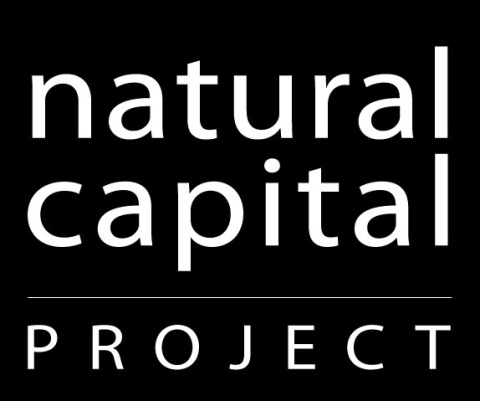The Natural Capital Project (NatCap) is a partnership combining research innovation at the University of Minnesota and Stanford University with the global reach of conservation science and policy at the Nature Conservancy and World Wildlife Fund. NatCap has over 10 years of experience co‐developing models and tools that assess where and when restoration will deliver the greatest benefits to people and nature.
NatCap maintains the most widely-used ecosystem services software globally, with active users in over 80 countries. Our work has informed landscape planning and policy from local to global scales. NatCap brings expertise in ecosystem services and biodiversity modelling, spatial optimization, training and capacity building, and a reputation for scientific credibility and open-source software development.
Through our open-source software such as InVEST (Integrated Valuation of Ecosystem Services and Tradeoffs), RIOS (a watershed management investment program), and, most recently, ROOT (Restoration Opportunities Optimization Tool), NatCap provides tools and approaches to collect evidence for successful investment in nature, engage the public and private sector, and build capacity to integrate the value of ecosystem services in decision making.
As a technical partner for the Initiative 20x20, NatCap focuses on providing science-based models and tools that can evaluate the ecosystem service benefits of restoration and give decision-makers more information to prioritize and evaluate alternative investments. Our newest tool, ROOT, developed jointly with IUCN, is designed to support more strategic and targeted investments in restoration activities. It applies optimization to across multiple ecosystem services, management choices, and social outcomes to identify priority actions for ecosystem services. In partnership with IUCN regional offices and local partners, we applied ROOT to support restoration planning in Costa Rica, Colombia, El Salvador, Malawi, Myanmar, and Espiritu Santo, Brazil as part of IUCN’s Restoration Opportunities Assessment Methodology (ROAM). In doing so, we also built critical local capacity in countries around the world so they are equipped with the knowledge and tools to pursue their sustainability objectives.
NatCap has also worked with numerous “water funds” throughout the region – in collaboration with The Nature Conservancy – to develop standardized methods and a tool (RIOS) for targeting investments in source watersheds (including forest and riparian restoration, best practices in agriculture, agroforestry, among others) to maximize benefits for communities, and to design monitoring programs to track the benefits of these restoration programs through time.
As we support national and sub-national governments explore the benefits and costs of investments in restoration, more information is needed on how changes in landscape management will affect local communities. As a result, NatCap is currently developing methods to improve landscape restoration planners’ analyses of how different beneficiaries such as women, indigenous groups, and other vulnerable groups benefit from restoration activities to help make restoration efforts in Latin America more equitable and just.
Country
Mexico
Costa Rica
Colombia
Brazil

